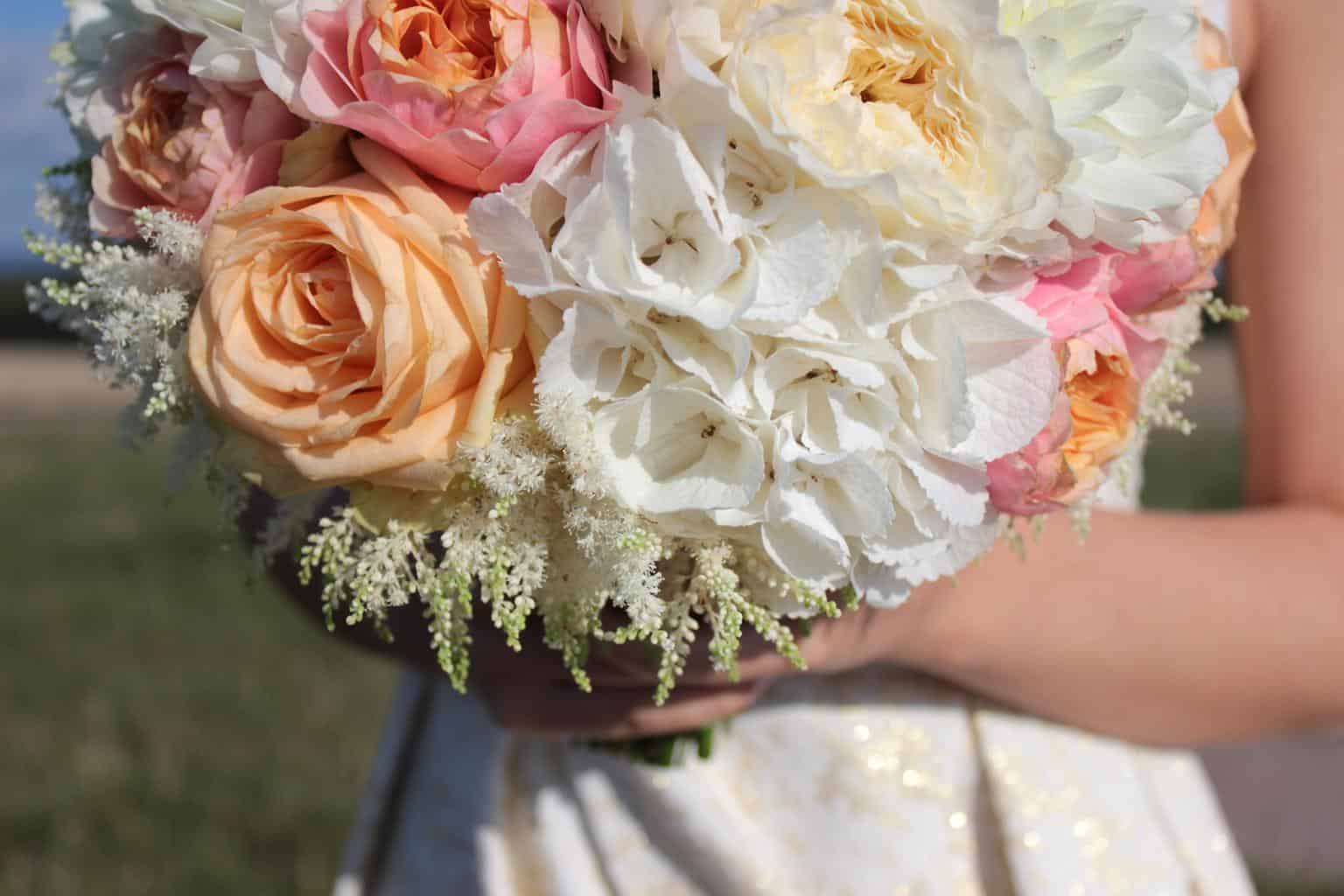The Garland Flower (Daphne cneorum) belongs to the Daphne family and is a perennial flowering shrub. Native to southeastern Europe and the Caucasus Mountains, this species can be found in mountain meadows, scrubland and rock crevices in these areas. It has small, highly fragrant pink blossoms which are clustered densely in spring and sporadically in summer in the right conditions. The evergreen shrub can be shaped with pruning and has flowers so lush that they completely cover the bush, providing great ground color.
How to Plant and Grow
Garland Flower prefers full sun to partial shade and is suitable for outdoor beds, borders, and rock gardens. It thrives in most soil types including clay, loam, and sand so long as it is well-drained, but the pH level should be slightly acidic. The plant prefers normal, even moisture but it should not be left sitting in water. If planted in a pot, the Garland Flower should be placed in an area getting at least 6 hours of sunlight every day. In the winter, any temperatures below -10C/14F may require protection.
Meaning and Symbolism
The name Daphne cneorum is derived from Daphne, the daughter of river god Peneus, and cneoris, Ancient Greek for ‘evergreen’ referring to the shrub’s foliage. The name reflects the flower’s strong relation to the outdoors, beauty, and protection from misfortunes that have been associated with Daphne throughout history.
History, Mythology, and Religious Significance
The Garland Flower plays an important role in ancient Greek mythology. It was believed to belong to the daughter of the river god Peneus, the wood nymph Daphne. She was admired by Apollo who, upon her rejection, was filled with rage. Zeus then saw it fit to protect Daphne and transformed her into a small evergreen shrub, which is thought to be Garland Flower. Since then, it has been associated with protection and is believed to bring good omen.
Flower Varieties and Their Defining Characteristics
Garland Flower comes in multiple varieties, each with its own unique characteristics.
- Daphne cneorum ‘Aurora’: has slightly larger flowers than Daphne cneorum, reaching up to 2 cm in diameter. Its leaves have finer edges and are slightly longer than those of a regular Garland Flower.
- Daphne cneorum ‘Gravetye Glory’: has deep pink flowers, known to be the pinkest of all Garland Flower varieties. Its leaves grow in clusters and are deeper in color.
- Daphne cneorum ‘Variegata’: is characterized by its white-edged leaves, an attractive multi-colored foliage. Its flowers have a slightly different shape than other varieties, appearing slightly wider.
How to Pot and Repot
Garland Flower prefers well-drained soil and should be planted in a pot at least 15 cm deep and wide. When repotting, make sure to keep the soil mix acidic. Most soil mixes for container gardening are suitable for Garland Flowers.
How to Prune
Garland Flower can be pruned each spring, which can help its growth and shape. Cut back shoots that have reached the desired height and width, and shape the sides of the shrub. Do not cut off more than one-third of the plant.
How to Propagate
Garland Flower is easy to propagate by taking two- to three-inch hardwood, semi-hardwood, or softwood cuttings in the spring or summer and planting in moist soil. Place indoors and in bright, indirect light or outdoors in slightly shaded location with temperatures between 15 C and 18 C. After a few weeks, replant outdoors or move to a larger container.
Common Pests and Diseases
Garland Flower is generally healthy, but due to its exposed foliage and small flowers, it can be prone to disease and pests. Potential septoria and powdery mildew diseases can be prevented with regular leaf structures and good air circulation. Aphids, mites, and other sap-sucking insects prefer Garland Flower and can cause discoloration and deformities in the foliage. To reduce attacks, try spraying with insecticide.
Three Frequently Asked Questions About Daphne cneorum
Q: How can I increase flower production?
A: Be sure to plant your Garland Flower in the right place, preferably in full sun or partial shade. Water regularly and feed with a good balanced fertilizer such as a 10-10-10 fertilizer. Prune shoots and remove dead flowers, which can help to promote flowering.
Q: What time of year do Garland Flowers bloom?
A: They mainly bloom in spring but may sporadically bloom in summer, if conditions are optimal.
Q: Is Garland Flower suitable for indoor and outdoor potting?
A: Yes, Daphne cneorum does well in either indoor or outdoor potting. They prefer full sun to partial shade and should never be left sitting in water.
Table Fact Sheet
| Garland Flower | Daphne cneorum |
| Family | Thymelaeaceae |
| Plant Type | Perennial |
| Mature Size | 10-30 cm tall and about 1 m wide |
| Sun Exposure | Full sun to partial shade |
| Soil Type | Any well-drained soil |
| Soil pH | Slightly acidic |
| Bloom Time | Early to Mid Spring |
| Flower Color | Pink |
| Hardiness Zones | 5-8 |
| Native Area | Southeastern Europe and the Caucasus Mountains |
What we love from Amazon this week
Buy these wonderful flowers directly from Amazon:















